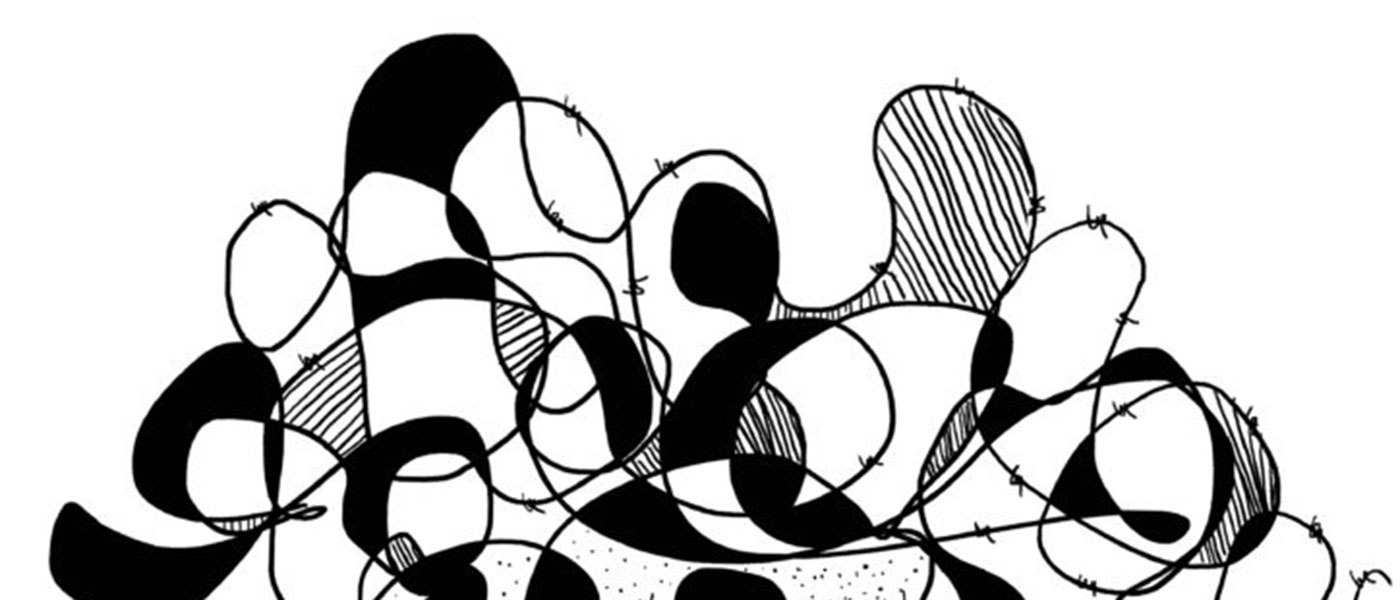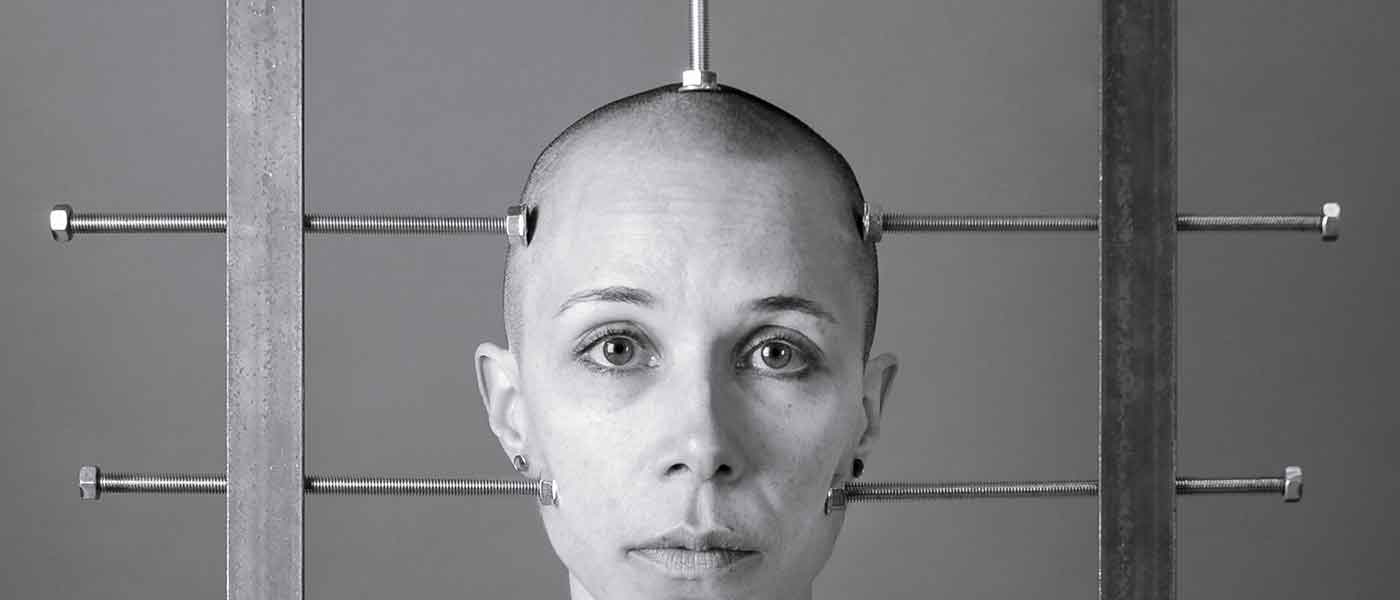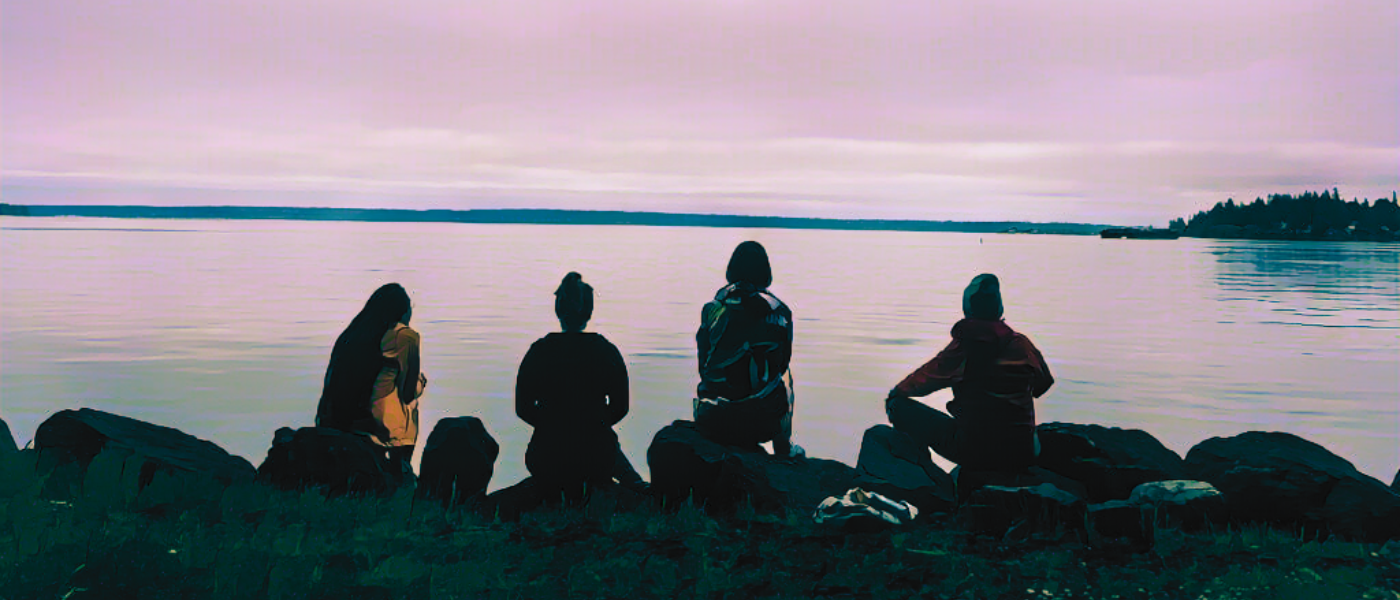There is truth to our realities, no matter how unrealistic they appear to anyone else. But there is also a reality to truth: what we know to be true might be false to someone else. When technology can dictate our beliefs, activism, who we are and what we know, perhaps we need to relearn to see each other in flesh and blood, to realize the commonness in our lives.
In an age of artificial realities — VR, AR, and AI — it has become easier to bring distant realities closer, but it has also become easier to manipulate their truths. This threatens our perception of the past, present, and the future, and interrupts the ways we see each other and ourselves. So is it too late to re-choreograph our consumption of news and alter our dependence on technology? Can we utilize technology to examine the truth, expose falsehoods, and hold power accountable? Who can we trust to convey this information to us, and how much are we actually willing to accept truths that counter our own realities? What is the role of art, and the responsibility of storytelling?
It is vital that we continue to record, so for this fifth issue, tell us. Tell us what changes you are tracking. Tell us where, how, or if you look for truth. Tell us about the wars people are fighting that never make the headlines. Tell us where your beliefs take root, what you build your activism upon, and how you form your own narrative in the wilderness of technology, media, politics, and religion. Tell us what you see. Right now, many eyes are turned to the United States and the possible demise of its democracy, while others remember watching its participation in the demise of other countries.
This call was co-curated by Zeina Abi Assy, Joyce Chen, and Bretty Rawson.
The featured image for this issue is “Modern Allegory of the Cave” by janji009.



